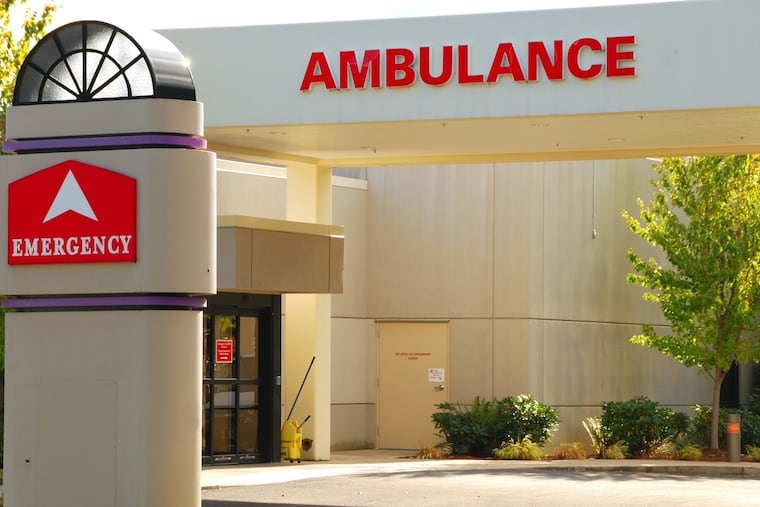Which are the safest hospitals in the Philadelphia area? New letter grades offer some clues.
For hospitals in the Philadelphia area, the most common Leapfrog grade was "B."

Quick: What are the best hospitals in the Philadelphia area?
In a region known both for its medical prowess and high concentration of hospitals, the answer is far from straightforward.
Should consumers consider how well doctors and nurses follow evidence-based best practices?
Or should the main factor be the health of patients after discharge? If so, which procedures should be measured, and how? A classic example: the federal government gauges each hospital’s rate of infections and other complications in patients who undergo hip-replacement surgery, which is certainly an important measure. Yet it does not evaluate patients’ range of motion after surgery — though that too matters.
And what if many of a hospital’s patients are poor, lacking resources for proper follow-up care? Should the hospital be downgraded for a higher readmission rate?
The nonprofit Leapfrog Group has been rating hospitals for years, distilling dozens of patient-safety measures to arrive at a single letter grade. The data are taken mostly from government agencies and a hospital survey conducted by Leapfrog, which represents large employers and purchasers of health care. This month, the group presented its latest scores on more than 2,600 facilities, including 49 in the eight-county Philadelphia region. (Search for hospitals by name in the table below.)
The most common patient-safety grade was B, with 21 local hospitals achieving that mark. Ten received an A grade, 17 earned a C, and one — Einstein Medical Center Elkins Park — earned a D.
Asked about the grade, hospital officials said it did not reflect the facility’s current level of quality.
“It is important to note that the data reflected in this rating is, in some cases, as much as three years old,” said Rohit Gulati, executive vice president and chief medical officer of Einstein Healthcare Network. “Einstein Medical Center Elkins Park has addressed many of the issues which contributed to this current rating and we believe these enhanced programs and procedures will reflect in improved ratings in future reports.”
Some figures are several years old because of the amount of time government agencies need to review them, and because they are collected over a period of several years to smooth out any uncharacteristic spikes.
Einstein’s Elkins Park location saw higher-than-expected rates of the following conditions: objects left inside a patient after surgery, surgical wounds splitting open, and dangerous blood clots, among others. The data in those three categories spanned the period from October 2015 through June 2017.
Some of the data are risk-adjusted, meaning hospitals are graded on a curve if their patients are sicker than average. Other measures are taken as is, said Erica Mobley, Leapfrog’s director of operations.
“Some of the data is risk-adjusted, and some is not risk adjusted because the hospital should always excel on the measure regardless of how frail or complicated their patients are,” she said. “For instance, foreign objects should never be left in a patient after surgery, even in hospitals with highly complex surgeries. All hospitals should have a policy that employees must wash their hands.”
Hospitals were not graded if data were unavailable for more than five measures of patient outcomes or more than seven “process” measures — such as whether a hospital uses a computerized system to prevent errors when prescribing medications. VA hospitals, specialty hospitals, and children’s hospitals also were not included.
Editor’s Note: If the chart below is not loading, please click here to view in full.